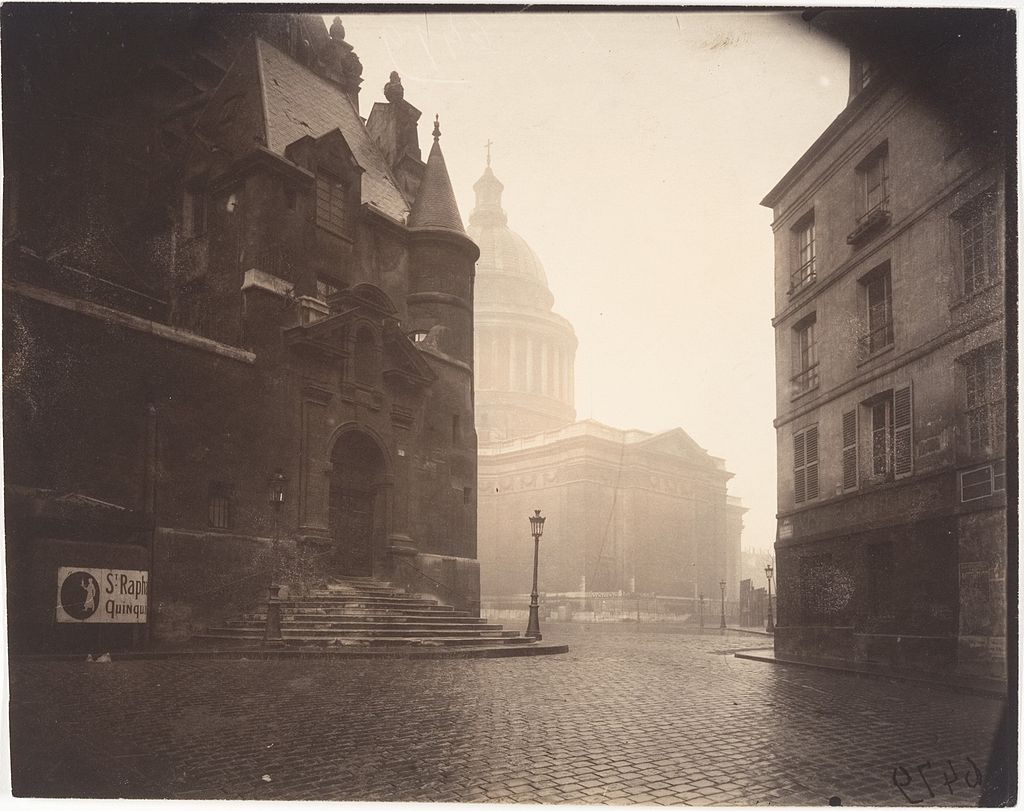[Editor’s Note: This post is in response to Real Presences: Catholic Prayer as Intersubjectivity, Robert Orsi’s portal into Reverberations’ unfolding compendium of resources related to the study of prayer.]
For many of the artists and intellectuals working in mid-twentieth-century Paris, there was no topic more captivating than that of sacred presence. The public lectures of Henri Bergson had awakened the idea that experiential contact with what he called l’Absolu was indeed possible, and despite the skepticism emanating from the nearby Sorbonne, this prospect was thrilling. Some went on to write about their own inner lives, like Raïssa Maritain whose extraordinary Journal recounts thirty years of locutions and visions, and eventually, a sense of actually incorporating the person of Christ into her own body and soul. Others, like the writer Charles Péguy and the theologian Henri de Lubac, perceived powerful spiritual experiences from ancient sources. So they transcribed, translated, and read them aloud to friends, over and over, hoping to recapture something of it for themselves.
Here in this portal and elsewhere, Robert Orsi’s writing on prayer as relationship turns our attention away from the familiar tools we rely on when we analyze sacred presence– familiar tools like interiority, or even the disciplining power of social norms. He helps us see how the sacred is made real only through the personal spheres of intimacy that happen always within, and alongside, the more diffuse networks of discursive and non-discursive power. This is a shift. We’re not trained to see personal bonds as having much scholarly weight. Constance Furey also writes about powerfully this: “For scholars of religion, things like friendship seem ‘not quaint exactly, but not essential either.’”


